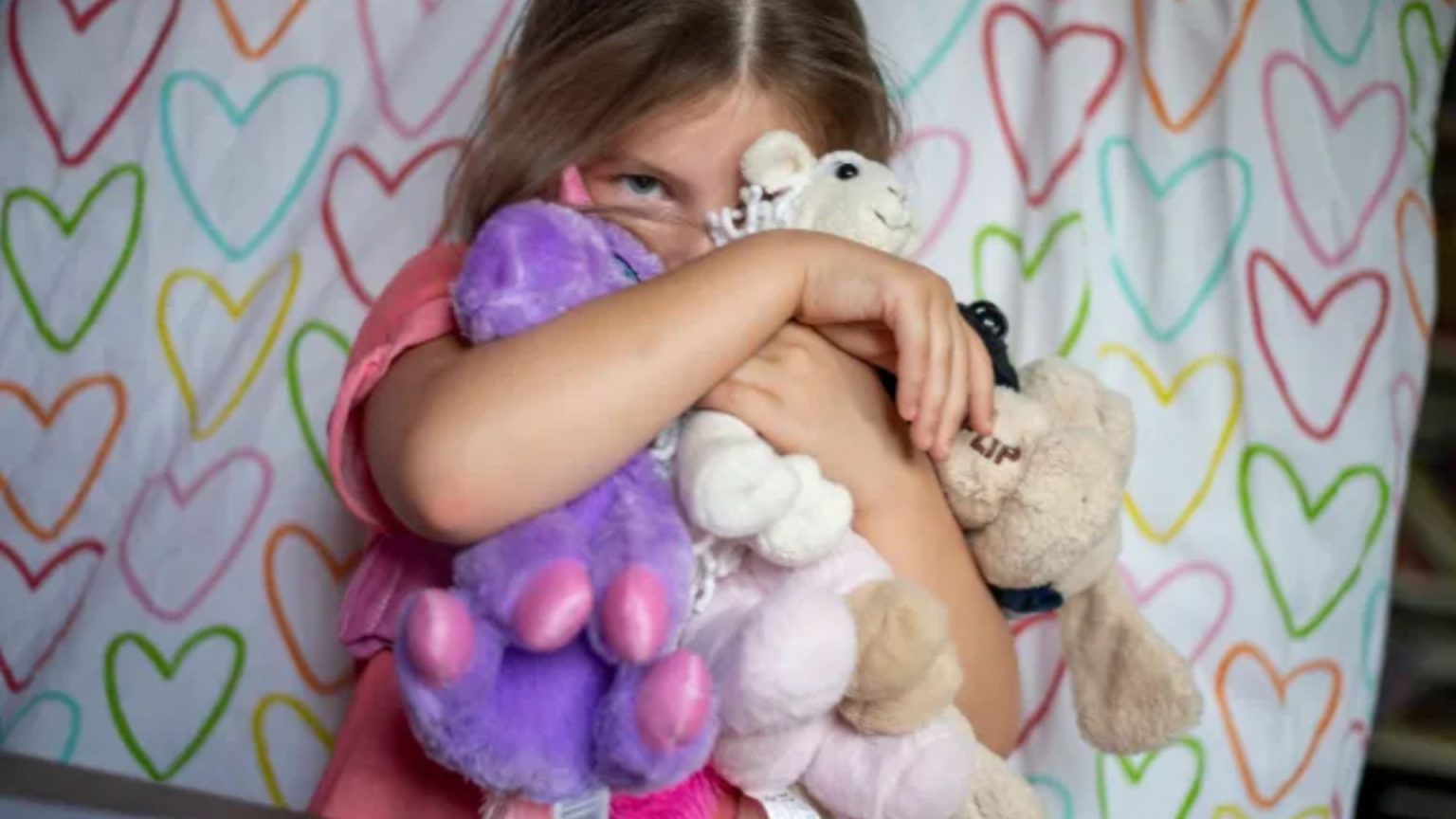The resurgence of 1990s nostalgia has propelled certain toys to unexpected heights of value, with a prime example being a rare Jellycat rabbit plush toy recently sold on eBay for an astonishing £420. This particular bunny, a Silver Birch Bashful Bunny in small size, sparked a bidding frenzy due to its pristine condition and the fact that it’s a retired special edition. Jellycat, a company known for its high-quality, super-soft toys, first launched in 1987 and introduced the Bashful Bunny range in 2007, quickly achieving immense popularity. While standard Jellycat toys typically retail between £25 and £40, this rare find demonstrates the potential for significant price increases in the secondary market for discontinued or limited-edition pieces. This phenomenon isn’t isolated to this single bunny. Other Jellycat Bashful Bunnies are commanding similarly high prices on eBay, with one seller listing a Birch Bunny for almost £1,000 and a 12-inch Walnut Bunny for £420. This surge in value underscores the growing trend of toy collecting, particularly for rare or discontinued items, echoing the collectible nature of vintage toys like Steiff bears, which can fetch thousands of pounds.
The rarity of a toy directly correlates with its potential value, and Jellycat collectors are acutely aware of this dynamic. Toy expert Peter Jenkins, a self-proclaimed “Toycologist,” has highlighted specific Jellycat toys that could appreciate in value, including the large and expensive Snowdragon, the intricately designed Sandcastle, the Bartholomew Bear backpack, and the Fish and Chips set, a special edition created for a social media campaign. Jenkins recommends preserving the tags and packaging of these toys to maximize their potential resale value. He notes that the Bashful Kara Bunny, a limited release from 2012, has already become a highly sought-after collector’s item, fetching prices of £500 and above. This growing collector’s market has been fueled by social media platforms like TikTok, where videos showcasing Jellycat collections, unboxings, and hauls have amassed billions of views, further driving demand and increasing the desirability of these plush toys.
The increasing value of these seemingly ordinary plush toys reflects a broader trend within the collectibles market, where nostalgia, rarity, and condition converge to create significant demand. Determining the value of any collectible item requires research, particularly examining recent sales of similar items on platforms like eBay. By filtering sold listings by highest value, potential sellers can gauge the market price for their items. This strategy applies to a wide range of collectibles, including coins, stamps, toys, books, and vinyl records. Specialized resources, such as online coin valuation tools, can further assist in assessing an item’s worth. However, while research can provide valuable insights, the ultimate value of any rare or collectible item depends on what a buyer is willing to pay at a given moment.
For those seeking the charm of Jellycat bunnies without the hefty price tag of rare editions, more affordable alternatives are available. Retailers like Primark offer “dupes” or imitations of these sought-after plush toys, starting at just £3. These affordable options allow a wider audience to enjoy the cuddly appeal of Jellycat-style toys without the pressure of collecting rare and expensive pieces. This market for affordable alternatives highlights the widespread appeal of the Jellycat aesthetic and provides a more accessible entry point for those drawn to the cuteness and comfort of these plush companions.
The Jellycat phenomenon exemplifies how seemingly ordinary toys can transform into sought-after collectibles. Several factors contribute to this transformation, including the brand’s reputation for quality and softness, the limited availability of certain editions, and the power of social media in amplifying trends and fostering communities of collectors. While there’s no guarantee that any particular toy will appreciate in value, careful research, attention to condition, and an understanding of market trends can help collectors identify potential investment pieces.
The Jellycat market also demonstrates the impact of social media on collectible trends. Platforms like TikTok have played a significant role in driving the popularity and demand for these plush toys. By sharing their collections and creating engaging content, Jellycat enthusiasts have inadvertently created a vibrant online community, further fueling the desire for these cuddly companions and contributing to their rising value in the secondary market. The interplay between social media trends, nostalgia, and the inherent appeal of these soft, cuddly toys creates a dynamic market where seemingly ordinary plush bunnies can become valuable collector’s items.




